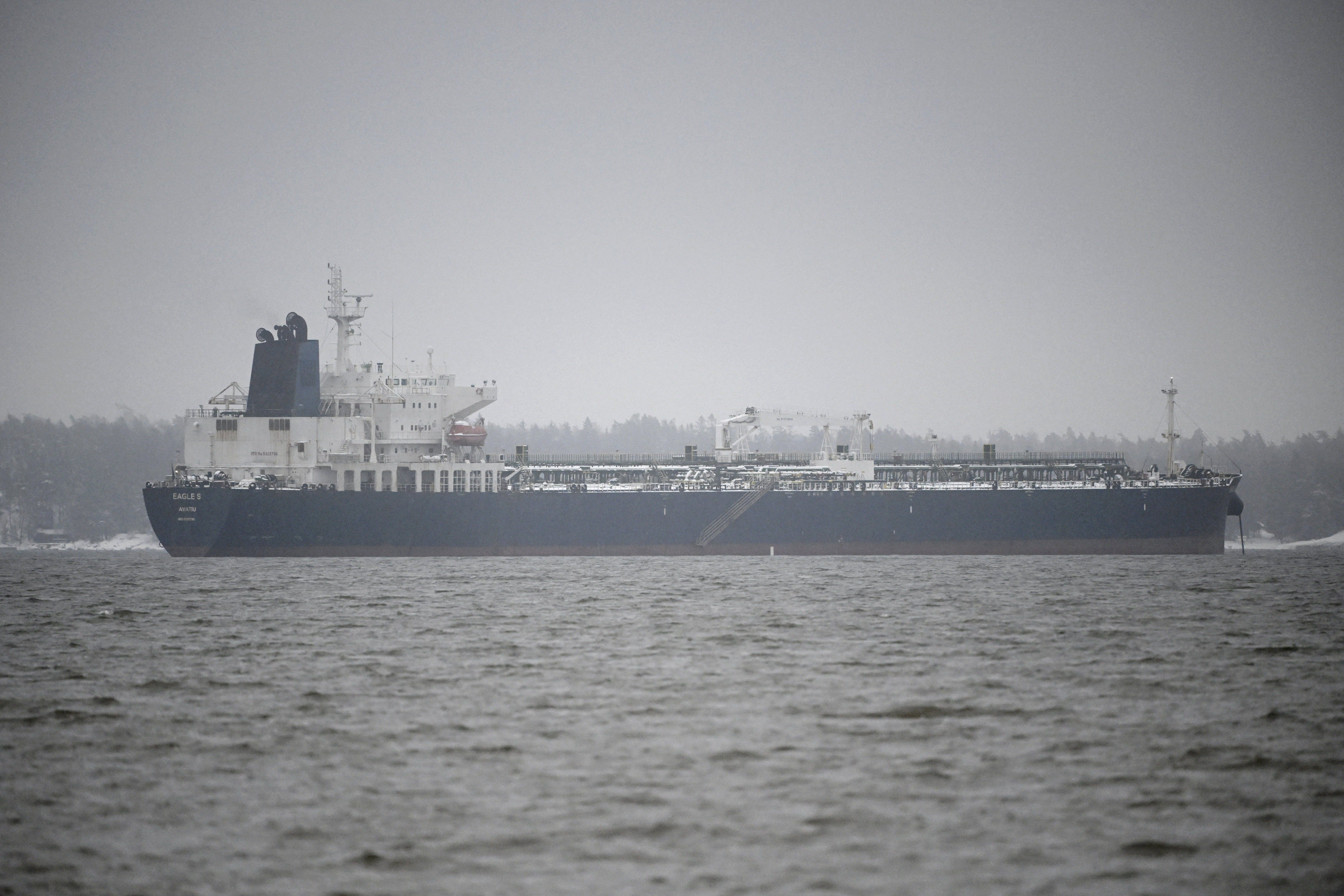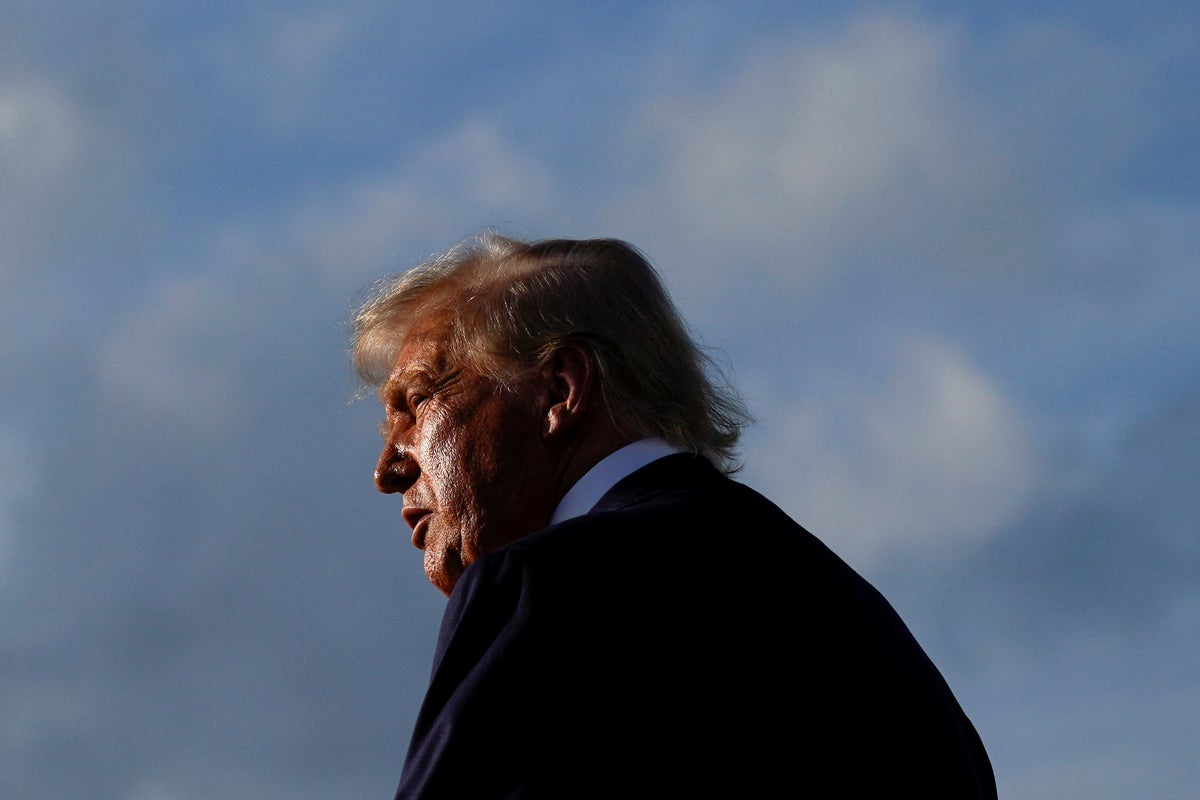US president Donald Trump said he is ready to move into a second phase of Russian sanctions after Moscow hit Ukraine with its largest air attack of the war.
On Sunday, Mr Trump signalled he may finally escalate sanctions on Moscow or its oil buyers, which he has so far delayed to pursue peace talks.
The European Union followed on Monday with confirmation it is coordinating new sanctions with the US, echoing US treasury secretary Scott Bessent’s comments that Washington would need “European partners to follow us” if they were to exert further economic pressure.
After repeatedly vowing to end the war within 24 hours, the US leader has grown increasingly frustrated with Putin as fighting continues to intensify.
What sanctions are already in place?
Under the Biden administration, the US targeted Russia’s central bank, major lenders, biggest financial institutions and some oligarchs.
It also restricted companies from raising money through the US market, including leading natural gas company Gazprom and oil producer and refiner Gazprom Neft.
Before Mr Trump entered his second term in office, President Biden blacklisted 183 vessels involved in Russian energy exports.
Last month, Mr Trump slapped 50 per cent tariffs on Indian exports to the US over its purchase of Russian oil.
Since Russia’s invasion of Ukraine, China and India have continued to import large amounts of Russian oil and refine it into products then send it on to the EU.
The EU’s last sanctions package included a lower oil price cap, Nord Stream transaction ban, more shadow fleet sanctions and a complete ban on Russian bank deals.

What has Trump threatened to do?
Mr Bessent hinted that the US and the EU could heap “secondary tariffs on the countries that buy Russian oil” to bring Russian economic “collapse” and force Putin to negotiate peace.
On Sunday, Mr Trump said European leaders would visit the US on Monday or Tuesday to discuss how to resolve the war. But he did not confirm what the second phase would entail.
“Following Bessent’s comments on Sunday, it looks like the US administration is now looking more seriously at tougher sanctions on Russia,” a senior emerging markets economist at Capital Economics, Liam Peach, told The Independent.
“Russia’s economy has adapted better than anyone had expected over the past three years to Western sanctions, in large part due to circumvention through third countries.”
According to a Bloomberg report, the next EU sanctions package could target Russia’s payment and credit card systems, crypto exchanges and impose restrictions on oil trade.

How could new sanctions impact Russia?
While the exact measures have not been outlined, sanctions so far have targeted Moscow’s energy and financial sectors to limit its ability to fund the war in Ukraine.
Sanctions like the EU’s oil price cap, or US tariffs against India, are designed to limit Moscow’s crude revenues, the cornerstone of its war coffers and economy.
“So far, the tariff threat on India hasn’t worked and the US seems reluctant to hit China with higher tariffs, so it’s hard to see how the US can produce a sanctions package that bites hard in practice,” Mr Peach told The Independent.
“If the US really wants to squeeze Russia’s economy, they will need to find a way to stop third countries from buying Russian oil.”
Capital Economics estimate that Russia exported just over $200bn (£148bn) in energy products last year. A 50 per cent cut in Russia’s crude and petroleum exports could reduce export revenues by around $75bn.
But even a smaller fall in revenues could weaken the ruble, push up bond yields, and put heavy pressure on Russia, ramping up pressure for fiscal tightening, Mr Peach said.




